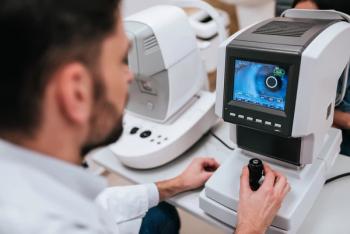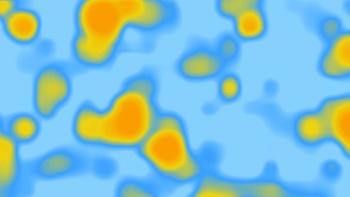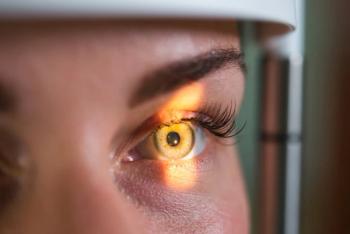
Optical coherence tomography is now, new is on the way
Technology has three phases: emerging, gold standard and outdated.
Key Points
Practitioners who want to stay current with the latest technology may worry that what they're making a large investment in now may be obsolete next year.
"OCT machines themselves are not going to change too much," Dr. Dunbar added. "Of course there will be improvements in the software that will make the technology even more useful for practitioners and keep the various machines competitive with each other."
The ABCs of OCT
For the uninitiated, OCT is performed via a non-contact imaging device that produces high-resolution images of the posterior segment. It allows high-resolution evaluation of retinal anatomy, diagnosis of macular conditions difficult to establish with biomicroscopy, a quantitative assessment of retinal anatomic alterations, a quantitative assessment of vitreoretinal interface, and an objective means for monitoring disease progression or therapeutic response. In addition, it has become an essential tool in the diagnosis and management of glaucoma.
"OCT has emerged as a very important technology, not only in retina but also in glaucoma," Dr. Dunbar said. "Optometrists are buying OCT devices and using them, and, as competition drives cost, we can hope that the cost will slowly go down and they'll become more affordable."
According to Dr. Dunbar, a practitioner could expect to pay about $70,000 for an OCT machine.
There are two major types of OCT: time domain and spectral domain (also known as Fourier domain). The main difference between the two is the speed at which the scanning is done. Spectral domain scans much faster than time domain and scans a much larger area of the retina and optic nerve, producing very high-resolution images.
"I use the analogy of high-definition TV compared with standard TV to compare spectral domain OCT with time domain," Dr. Dunbar said.
OCT is the only technology that actually directly measures the retinal nerve fiber layer, he added. A scanning laser polarimeter can be used to measure the thickness of the nerve fiber layer, and a retinal tomograph can obtain 3D photographs of the optic nerve and surrounding retina, but they are "one-trick ponies" compared with OCT, according to Dr. Dunbar.
"Other technologies only evaluate glaucoma. OCT does an equally good job in the diagnosis and management of glaucoma, but OCT covers the retina as well," he said.
Newsletter
Want more insights like this? Subscribe to Optometry Times and get clinical pearls and practice tips delivered straight to your inbox.








































